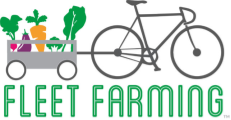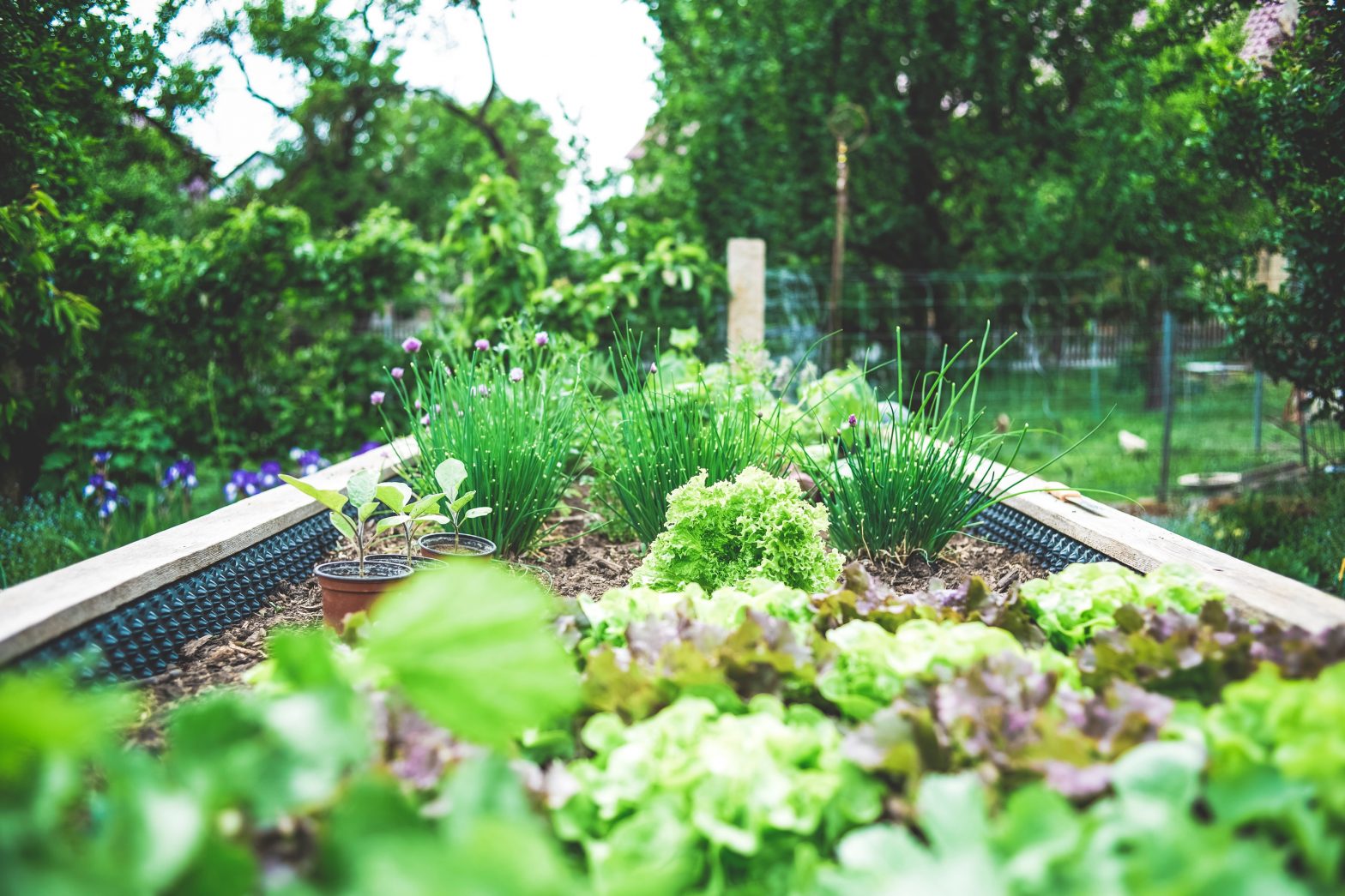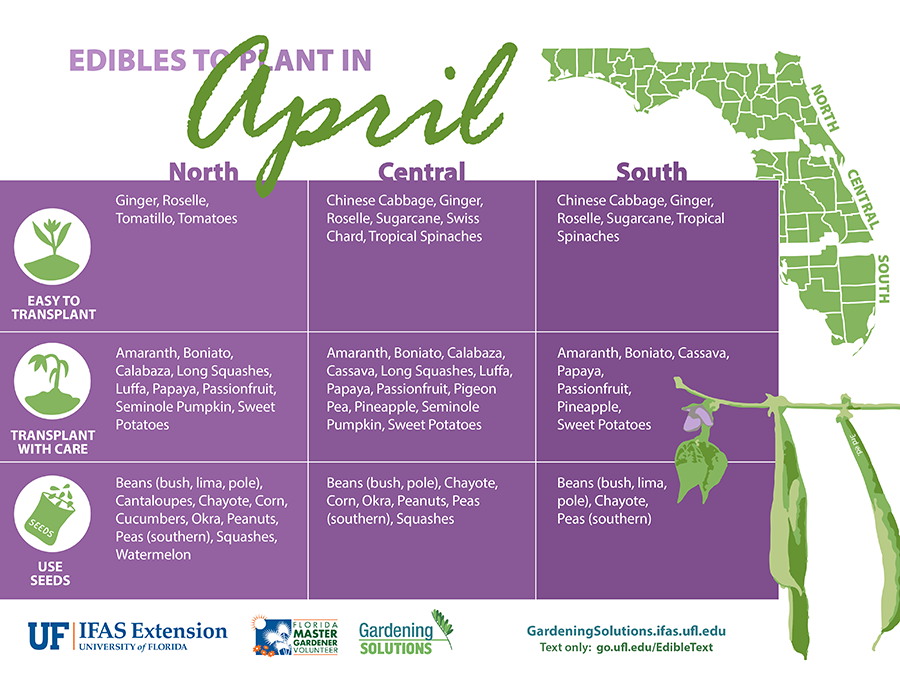Central Florida's Spring Guide to Edible Gardening
By Ellen Rosado
Looking to add some tasty vegetation alongside a colorful garden? Then look no further! Below are some simple guides to grow your own fresh plants for March, April, and May in Central Florida! Save gas and trips to the store by simply investing in these yummy vegetables and fruits.
Looking for ways to add healthy ingredients to your recipes? Planting vegetables such as corn, peanut, cassava, boniato, and pigeon pea can definitely add variety to your lunches and dinner and promote a flourishing lifestyle. Fruits like lima bean and cucumber are great with salads while papaya and watermelon are a great addition to smoothies and desserts.
When picking plants, it is important to take into consideration the variety of species of plant there is to choose from, their nutritional value, companion/non companion plants, and their growing methods. Below are some great examples of plants that can be used to start up your own garden!
March marks the official first month of the Spring season!
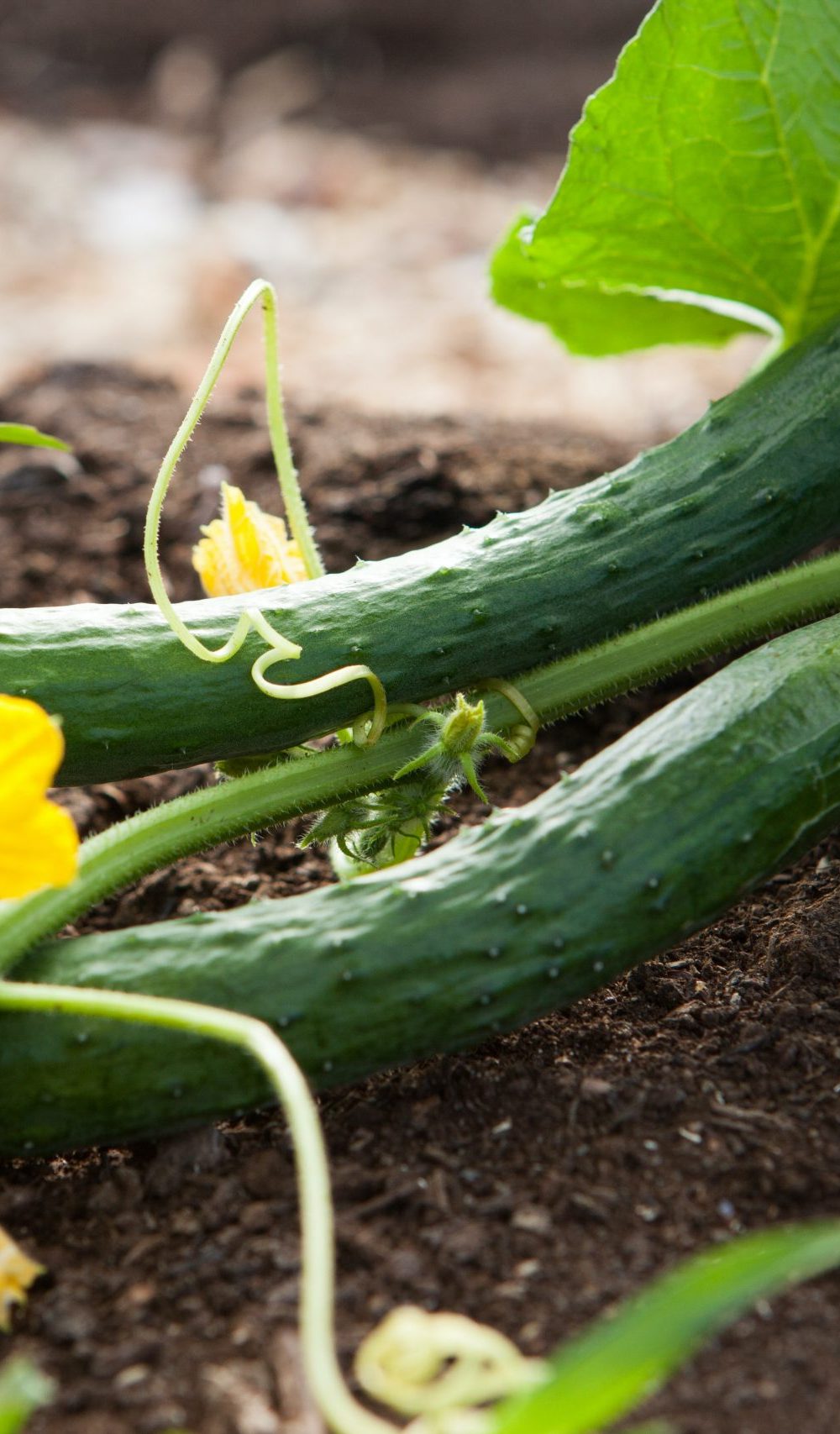
Cucumber
Specific Plant Varieties For Florida: The Eureka, Cherokee, and Sweet Success are a great variety to plant in Central Florida. Some other varieties include Dasher II and Bush Slicer. Nutritional value: Cucumber is high in vitamin K and contains about 96% water within. For maximum nutrients, slicing cucumbers is the best way to receive all the antioxidants and healthy calories it withholds. Companion Plants: Legumes (such as peas and beans) allow for enrichment of the soil when planted next to cucumbers. Corn is also beneficial and planting tansy plants can keep insects away from eating your crop. Non Companion Plants: Sage and melons will stunt the growth of your cucumbers and dine on it as well. Potatoes will negatively affect the quality and size of the plant so it is best not to plant next to cucumbers but rather a plant like tomato. Growing Methods: The cucumber plant prefers a warm climate, meaning not too hot and not too cold. This makes March the perfect time to grow cucumbers! They also require a good amount of space to grow due to their vines so planting them 2’x2’ is ideal. Cucumbers also like an organic well-rounded mixture soil (can include compost, mykos and worm castings). They should be watered frequently as they are made of mostly water. They are typically ready to harvest between 50-70 days.

Shell Beans
Specific Plant Varieties For Florida: Some Central Florida friendly shell bean varieties include Black bean, Texas Cream, Navy, Lima and Red Kidney. These seeds can be found in any local supermarket. Nutritional value: Shell beans are mainly made of manganese and copper which are beneficial to the blood. They are also a great source of fiber and help regulate sugar levels. Companion Plants: Cucumber, peas, and Spinach grow well next to shelled beans since they share nutrients in their soil when planted together. Chives, garlic, and onion also help to keep bacteria off the plant and help their nitrogen fixing. Non Companion Plants: Garlic, onions, chives halt the natural nitrogen fixation of the bean plant. They also stunt their growth so it is best to avoid planting these vegetables near them. Growing Methods: Planting beans directly into your garden is highly recommended as they do not enjoy being transplanted. Having a well-drained soil such as fish and kelp helps with their growth. They are best harvested after 2 months of direct sunlight.
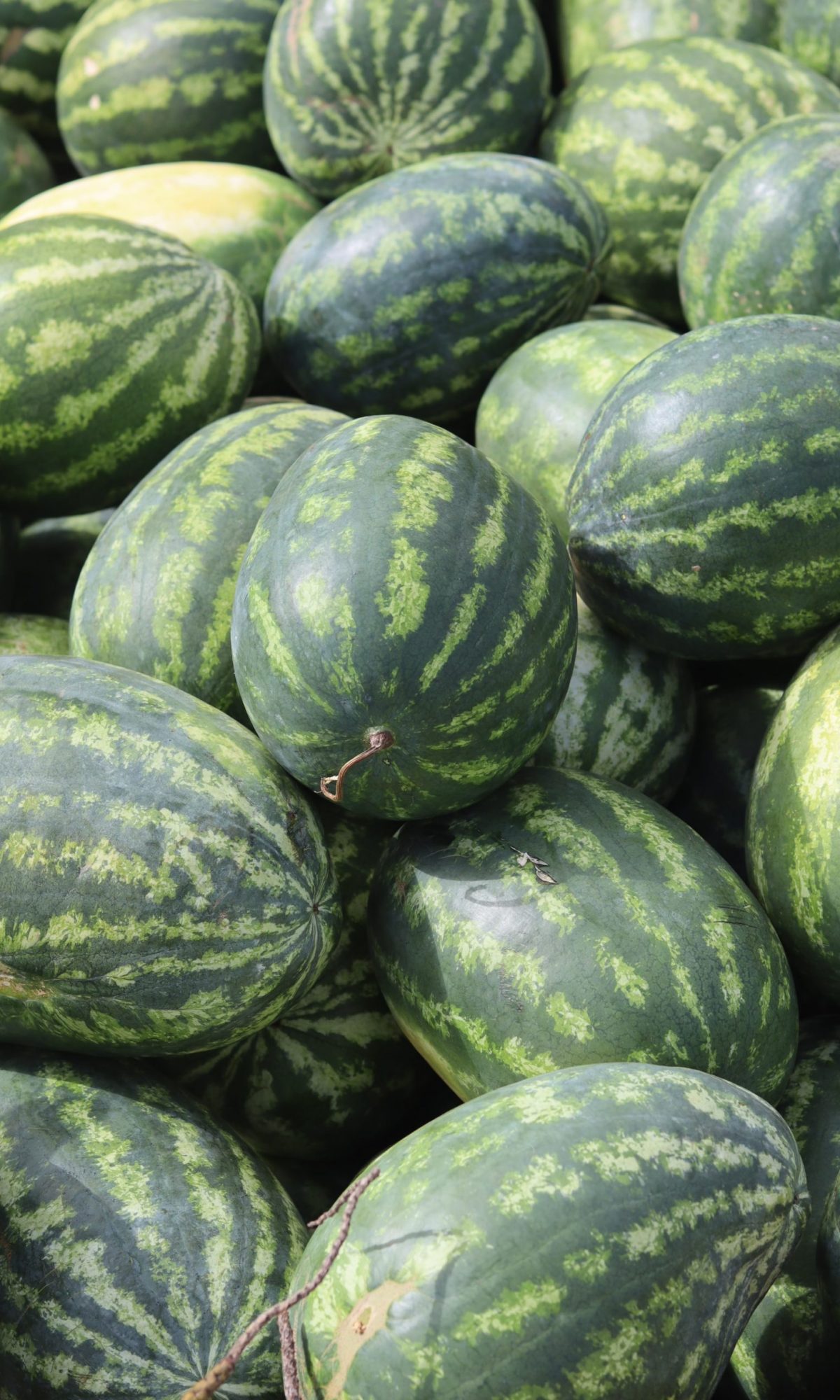
Watermelon
Specific Plant Varieties For Florida: Large watermelon varieties for Central Florida include Jubilee, Moons & Stars, Charleston Grey 133 and Crimson Sweet. Smaller varieties include Sugar Baby, Icebox, and Mickeylee.
Nutritional value: Watermelon is very hydrating due to it being made up of 91% water. It is great for muscle soreness after exercise and naturally lowers blood pressure.
Companion Plants: Onion, flowers, and lettuce are great companion plants next to watermelon. Onions deter pests away from the watermelon vines while flowers aid in pollination. Lettuce helps create leafy greens for both plants as they share nutrients in the soil.
Non Companion Plants: Cucumber, zucchini, and other melons should be avoided when planting watermelon. They all attract diseases and make it hard for the other one to grow successfully.
Growing Methods: Watermelon first and foremost need a lot of space to grow so it is best to plant them within 36 inches of each other. It is also very versatile meaning it will grow in pretty much any organic soil as long as it is well-drained. You will notice results within 70-95 days as they begin to turn cream-colored or bright yellow on the bottom when ready.

Corn
Specific Plant Varieties For Florida: Some great varieties for Central Florida include How Sweet It Is, Silver Queen, and Early Sunglow. Other alternatives include Kandy King and Golden Cross Bantam. Nutritional value: Corn is a great source of protein and aids in the prevention of diverticular and other digestive diseases. It also aids in eye health due to their high levels of zeaxanthin and lutein. Companion Plants: It is always recommended to plant corn next to its other “sister plants”: squash and beans. The beans set the nitrogen in the soil while squash retains moisture for the soil. Non Companion Plants: Brassica plants are to be avoided when planting corn. Some examples include broccoli, kale, and cabbage because they compete for sunlight. Growing Methods: Corn does need a good amount of space to grow as well; 12-18 inches apart in blocks. Healthy soil is very important for planting and thick layers of mulch will give the best result. Organic fertilizing regularly is also a necessity and it is important to keep an eye out on the plant as they can be quite stubborn if something is off.

Peanuts
Specific Plant Varieties For Florida: Some runner type (easy for home gardens) varieties include Florunner and Sunrunner. A well-known Virginia type (produces large seeds) is Florigiant. Nutritional value: Peanuts are low in carbs but packed with healthy fats such as omega-6 and monounsaturated. It is also a great source of protein since it contains arachin and conarachin which is also the cause for it being a common allergy. Companion Plants: Marigolds, potatoes and strawberries are great companion plants for peanuts. Marigolds keep pests away while potatoes have similar growing needs. Strawberries help conserve soil moisture for both plants. Non Companion Plants: Corn, pole beans, and celery should be avoided near peanuts. Corn and pole beans would shade the plant, inhibiting it of its nutrients while celery doesn't create enough shade it needs. Growing Methods: Peanuts should be planted 4-6 inches apart from one another and reproduce successfully when planted in a geocarpy method. This would mean that it would be planted above ground but matures underground. Different varieties bring different results, so some can take between 135 days to grow and some can take 75 days. It is important to check the packaging first for the results you wish for.
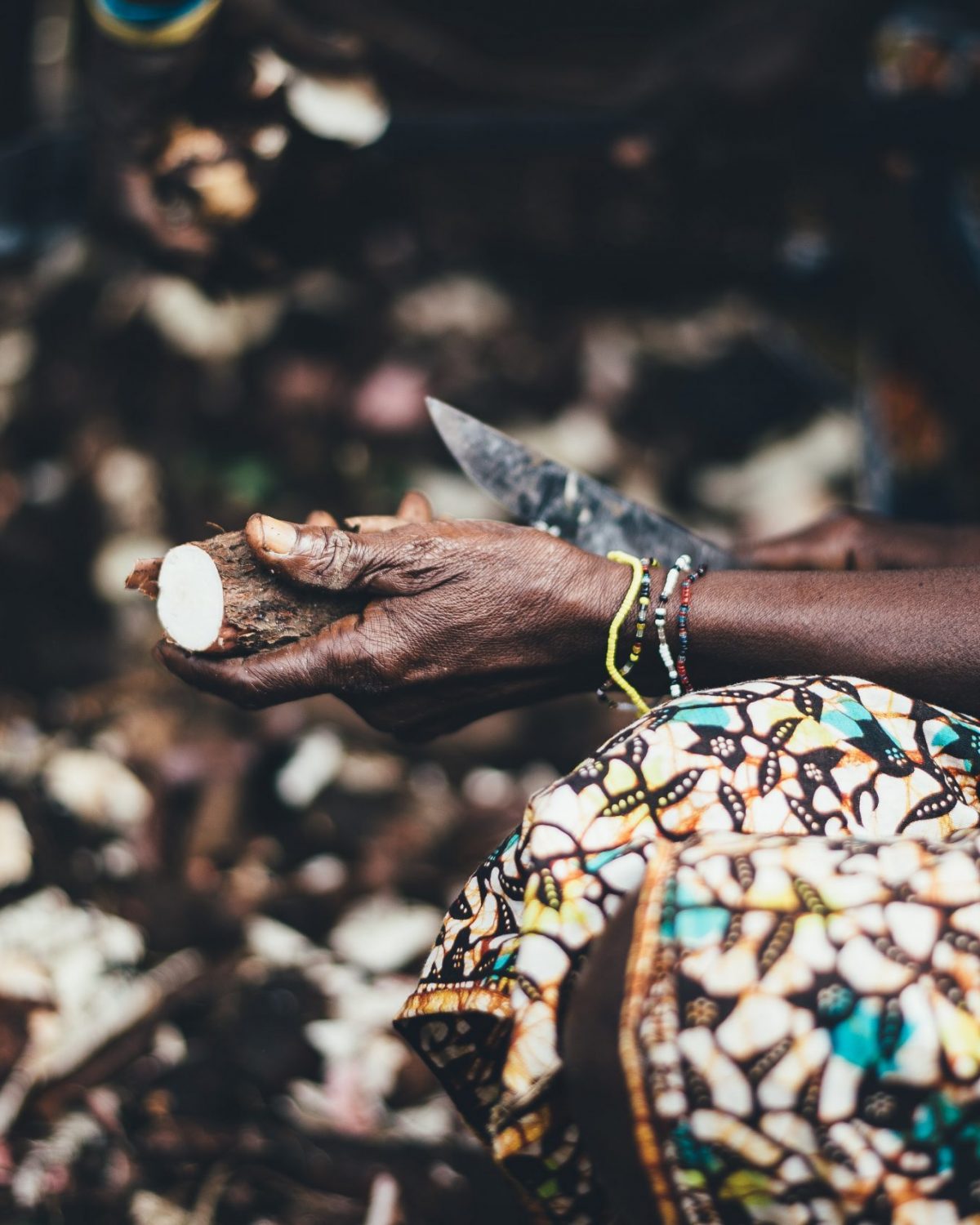
Cassava
Specific Plant Varieties For Florida: (No specific varieties found since it is a type of Yuca plant). Nutritional value: Cassava is a great source of resistant starch, meaning it aids in gut health and blood sugar management. It also contains 20% Vitamin C which enhances collagen and the immune system. Companion Plants: Beans, peas and corn are recommended as they share nutrients in the soil and suppress the growth of weeds. They also share nitrogen with the plant and allow cassava to sprout successfully. Non Companion Plants: Potatoes will compete and stunt one anothers’ growth due to their size and nutrient requirements. Growing Methods: Cassava goes well with organic slow-releasing fertilizer and should be planted 4 feet apart. The growing method is very similar to that of boniato but takes up to 18 months to fully grow. A well-drained soil (with decayed organic matter) is essential and this plant does best when placed in a very sunny spot.

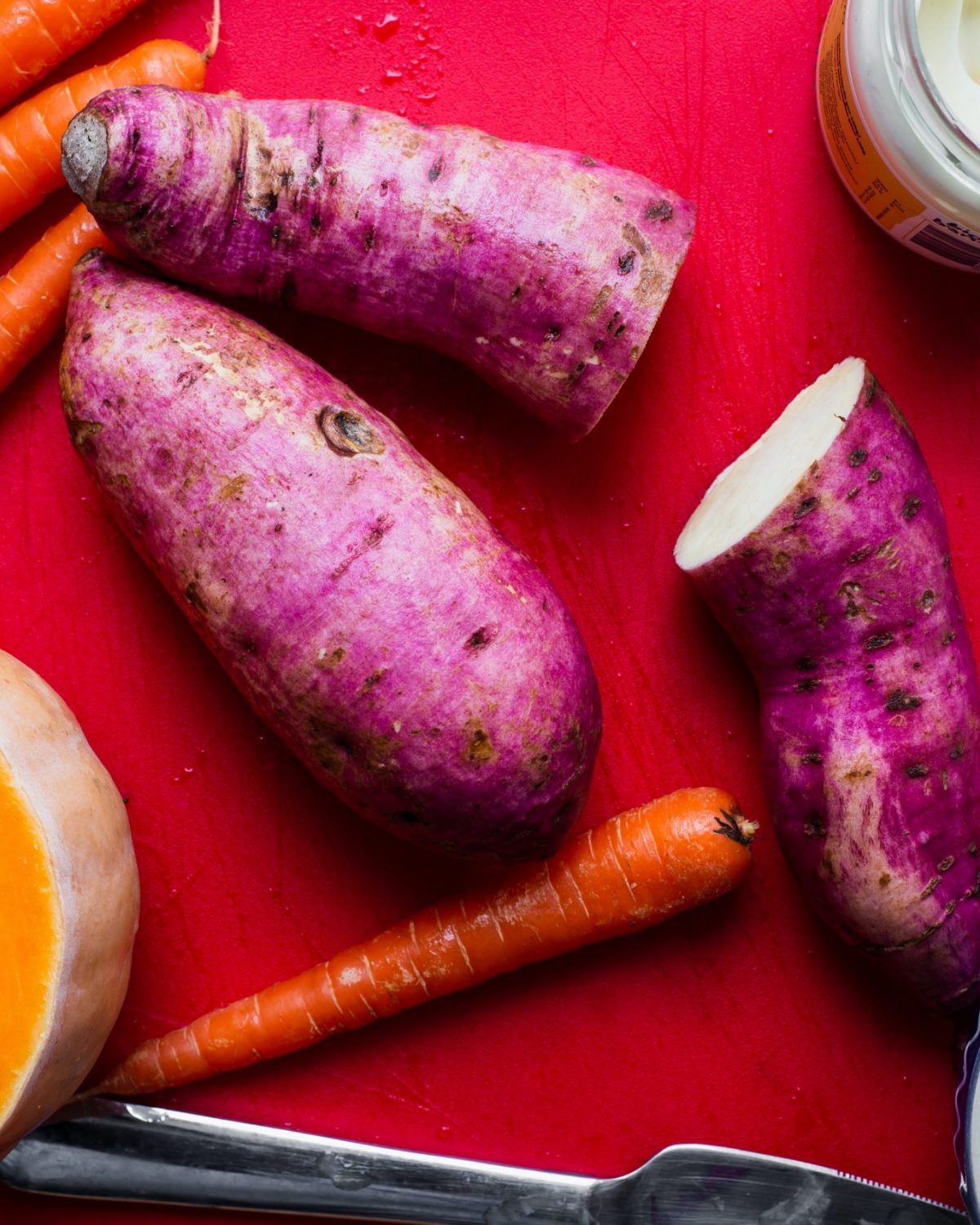
Boniato
Specific Plant Varieties For Florida: Picadia and Campeon are the types of sweet potatoes that are typically grown in Central Florida. Nutritional value: Boniato helps lower cortisol levels, also known as stress. They are also healthier than regular potatoes because they have a lower GI and contain more fiber. Companion Plants: Beets, beans, and thyme are great to plant next to Boniato. Root vegetables do not interfere with its growth while beans can grow freely intermingled with the Boniatos’ vines. Thyme will also help keep insects away from the plant. Non Companion Plants: Squashes are bad neighboring plants due to them being strong growers, just like boniatos. They are fierce spreaders and their vines can intertwine, inhibiting growth. Growing Methods: Boniatos should be placed 12 inches apart from one another in well-drained loamy or sandy soil. Removing all rocks and soil lumps is important to prevent deformation growth of the boniato plant. Organic compost is a great addition and can also aid in plant health. Boniatos can be harvested after 100-150 days.
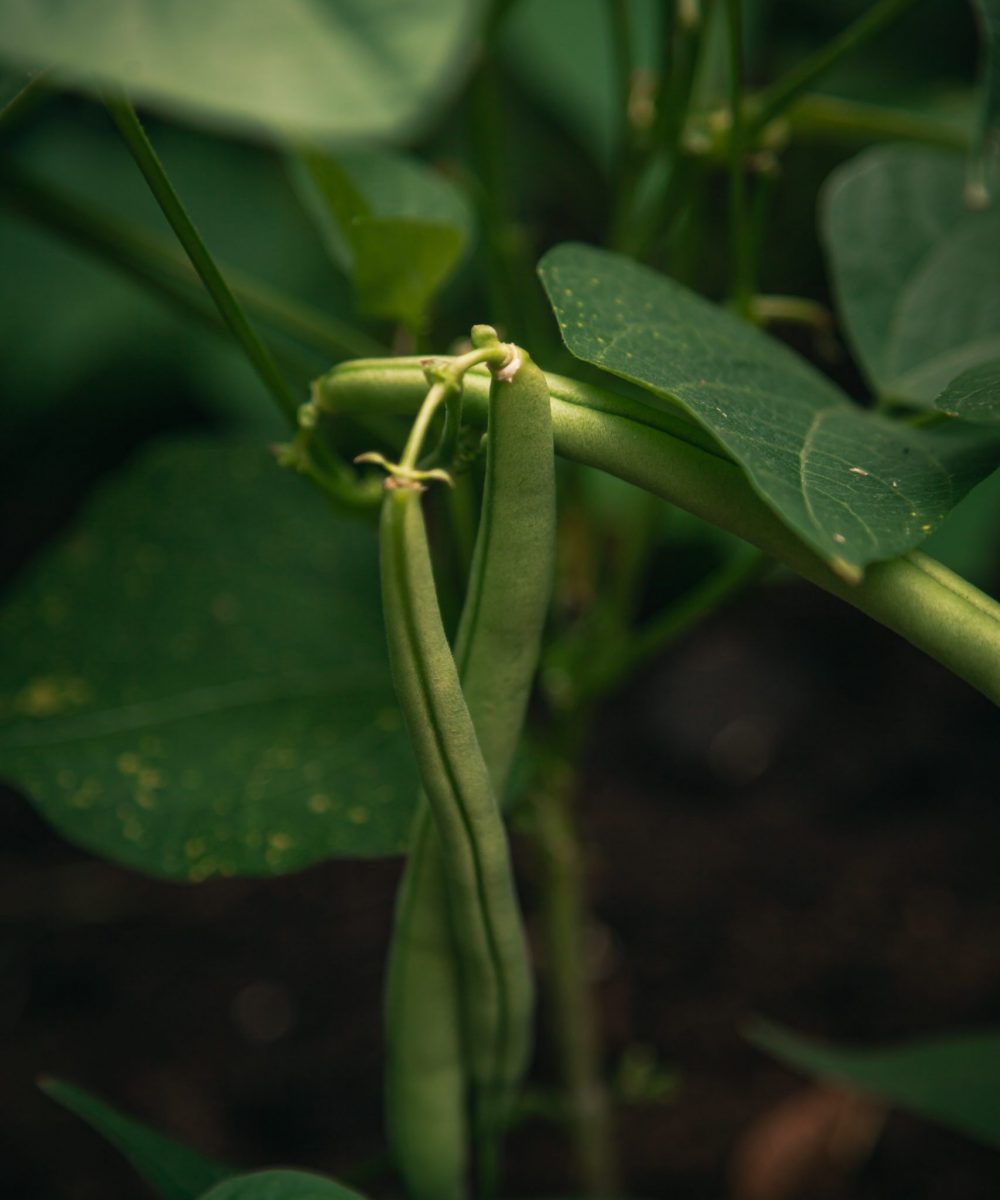
Pigeon Peas
Specific Plant Varieties For Florida: Pigeon pea is a type of pea that belongs to the legumes family. They are a type of shelled pea called bush bean. Nutritional value: Consuming pigeon peas aids in balancing blood pressure levels and prevents anemia as well. It is known as a great source of protein, which helps with growth and development. Companion Plants: Beans, cucumbers, and corn are great companion plants for peas as they share nutritious needs. They also provide each other a great amount of space needed to grow in the garden. Non Companion Plants: Onions, chives, and garlic are not good neighbors for pigeon peas. They all stunt the growth of the plant making it difficult to harvest. Growing Methods: Pigeon peas should be grown 12 inches apart and can even be grown in a low hedge or even a shrubby tree. They grow best in well-drained soil and take about 140 days to harvest.
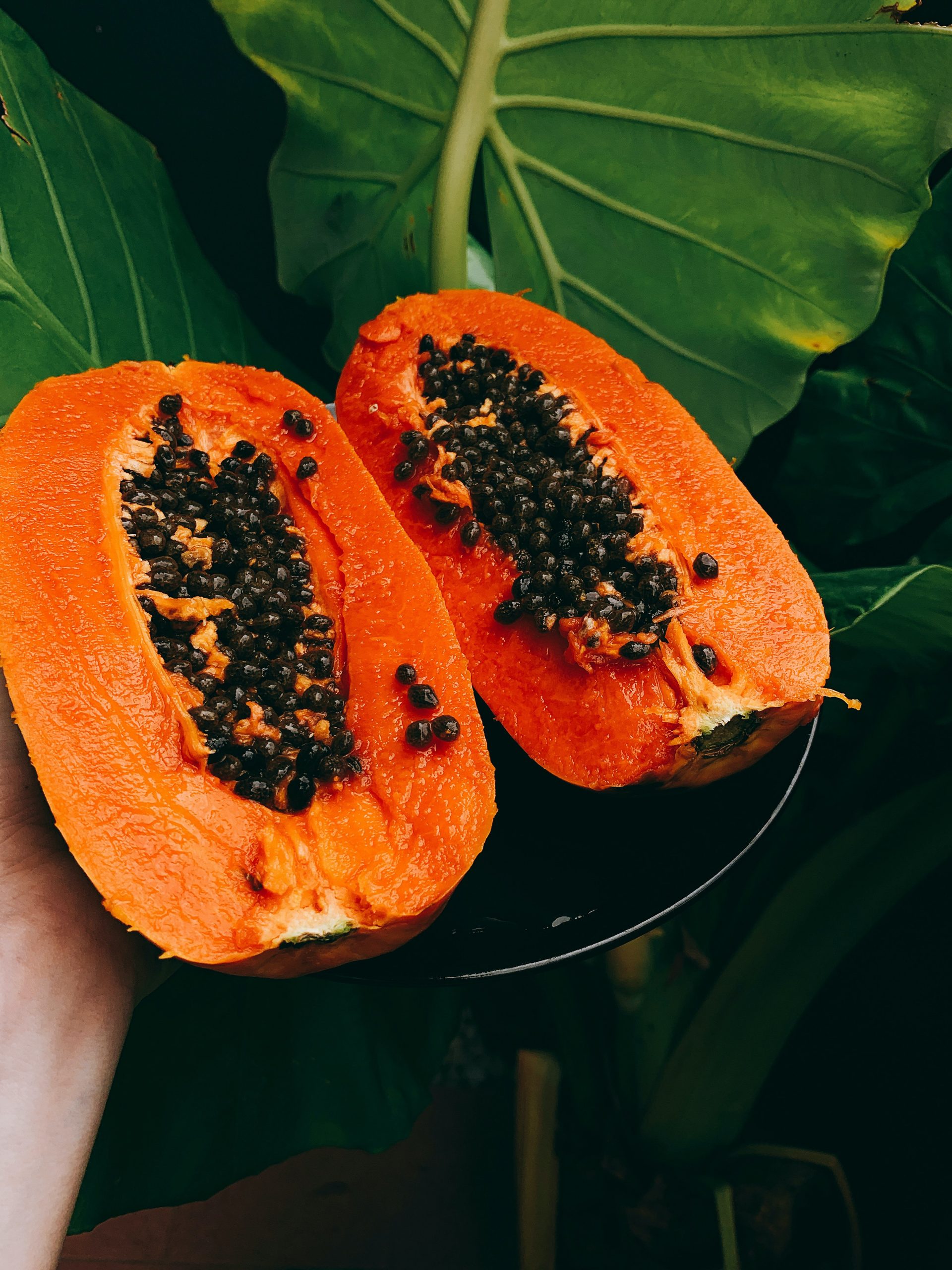
Papaya
Specific Plant Varieties For Florida: Red Lady, Maradol, and Tainug #2 are examples of Mexican papaya varieties that are great to grow in Central Florida. Solo Sunset is a type of Hawaiian papaya that is also suitable for the Spring. Nutritional value: Papaya contains many anti-cancer properties and has powerful antioxidant effects because of the amount of carotenoids in it. It is also a great source of potassium and is high in Vitamins A and C. Companion Plants: Boniato, flowers, and beans are great companion plants for papaya. They all protect the plant from pests and diseases while keeping its flavor intact. Non Companion Plants: None known as of yet. Growing Methods: Adding organic compost to the soil can help the Papaya plant thrive in loamy or rocky soil. Organic fertilizer is recommended and the seeds should be planted 7-10 feet apart from each other. Mulch can help the fruit retain moisture and should be fully grown between 7-11 months.
Where should you start?
- Find local plant nurseries. Not only are you supporting small businesses but you are also more likely to find healthy and local pest-resistant plants there.
- Whether you don’t have the time or the resources, our program Edible Landscapes is here to provide assistance!
https://fleetfarming.org/edible-landscapes/
- Edible Landscapes is a landscaping service that serves Central Florida, making it easy for you to grow food!
- Our services include raised garden bed installations, fruit tree installations, orchard installations, garden creations, in-ground food forests, native plant/pollinator landscaping, mulching, and more.
- Schedule a free consultation to see how we can transform your space into a beautiful and abundant garden.
Sources:
- “Gardening Solutions – University of Florida, Institute of Food and Agricultural Sciences.” Ufl.edu, 2019, gardeningsolutions.ifas.ufl.edu/.
- “Home.” FL Gardening, Flgardening.com.
- “Healthline: Medical Information and Health Advice You Can Trust.” Healthline.com
- “Gardening Know How.” Gardening Know How, 2015, Gardeningknowhow.com
- “Garden in Minutes® – Gardening Simplified.” Garden in Minutes®, Gardeninminutes.com.
- “Gardener’s Path: Get the Best Gardening & Horticulture Advice on the Net!” Gardener’s Path, 21 Mar. 2019, gardenerspath.com.
- “Off the Grid News.” Off the Grid News, Offthegridnews.com.
- “Harvest to Table.” Harvest to Table, Harvesttotable.com.
- “The Spruce – Make Your Best Home.” The Spruce, 2018, thespruce.com.
- “Home Gardeners.” Home Gardeners, homegardeners.in.
